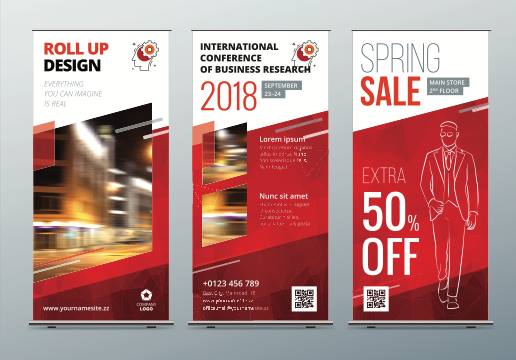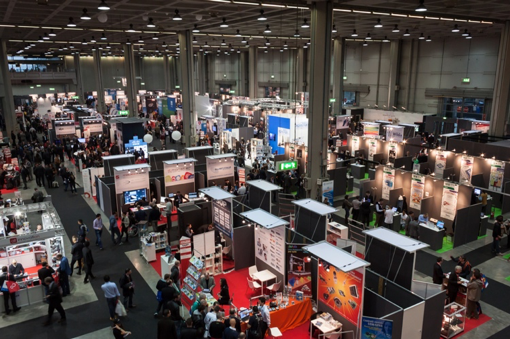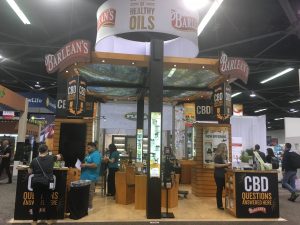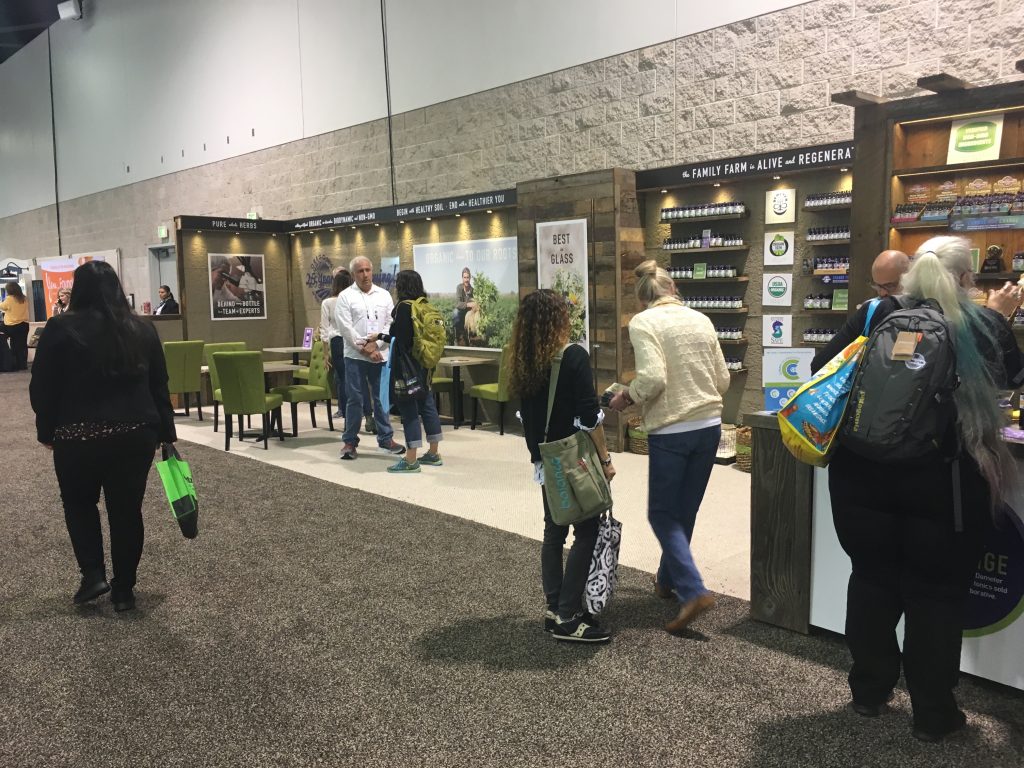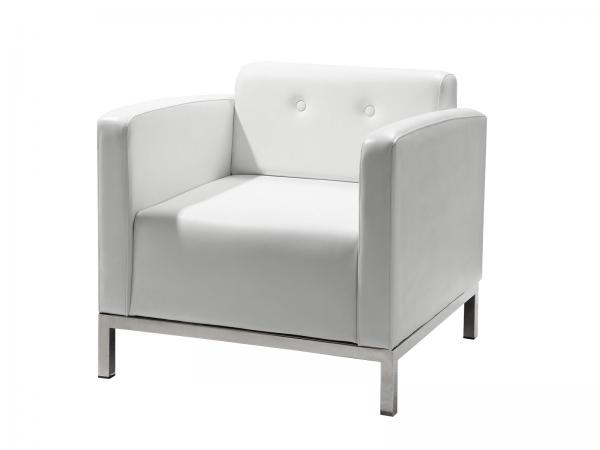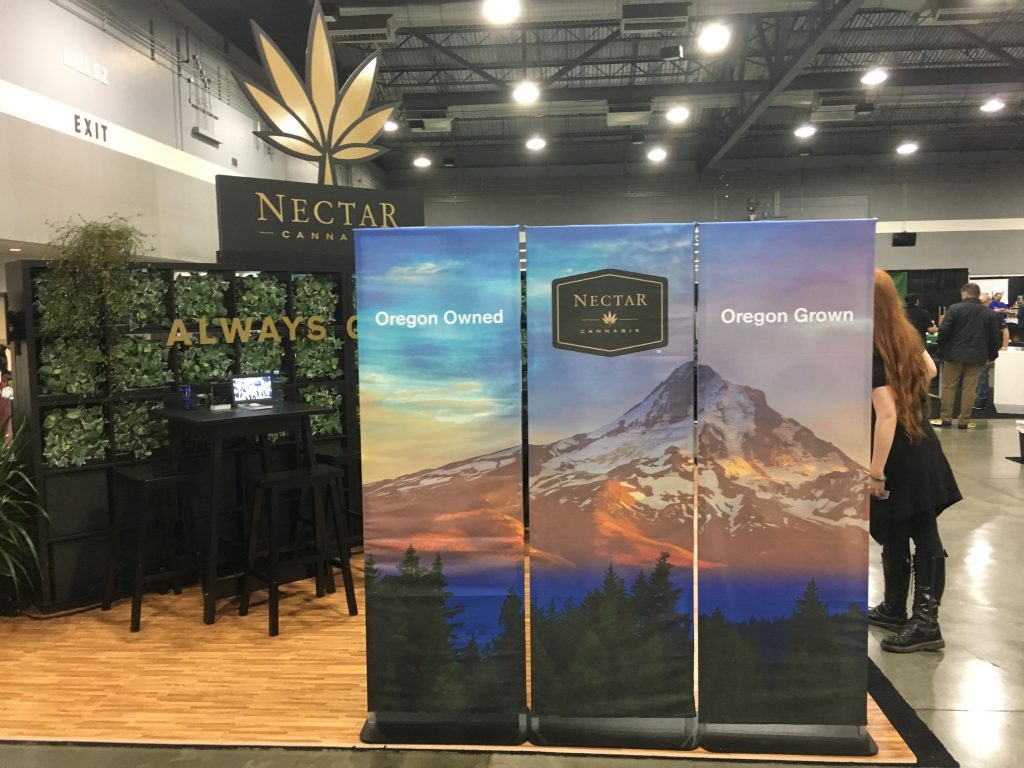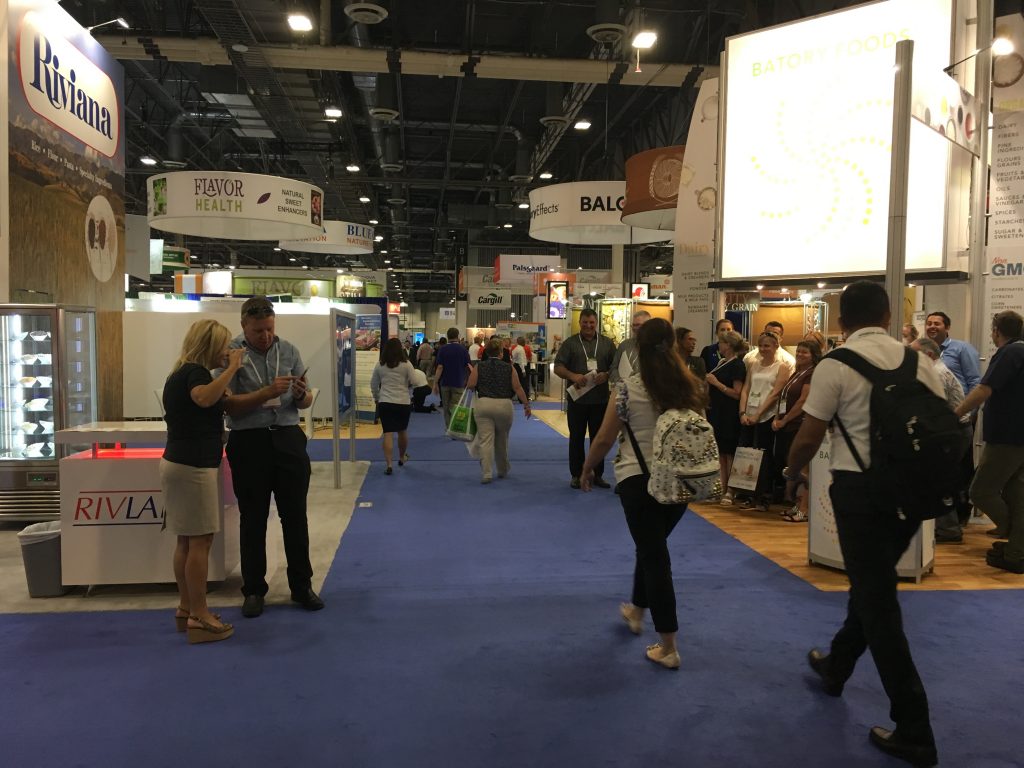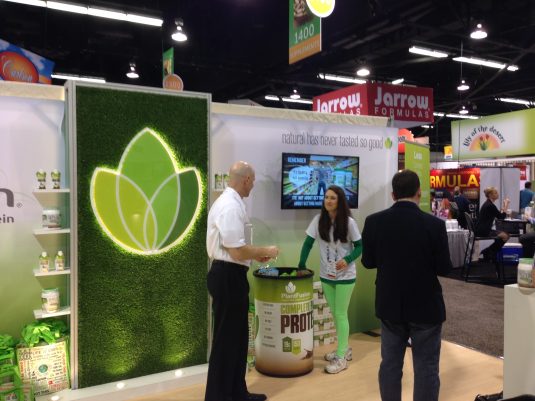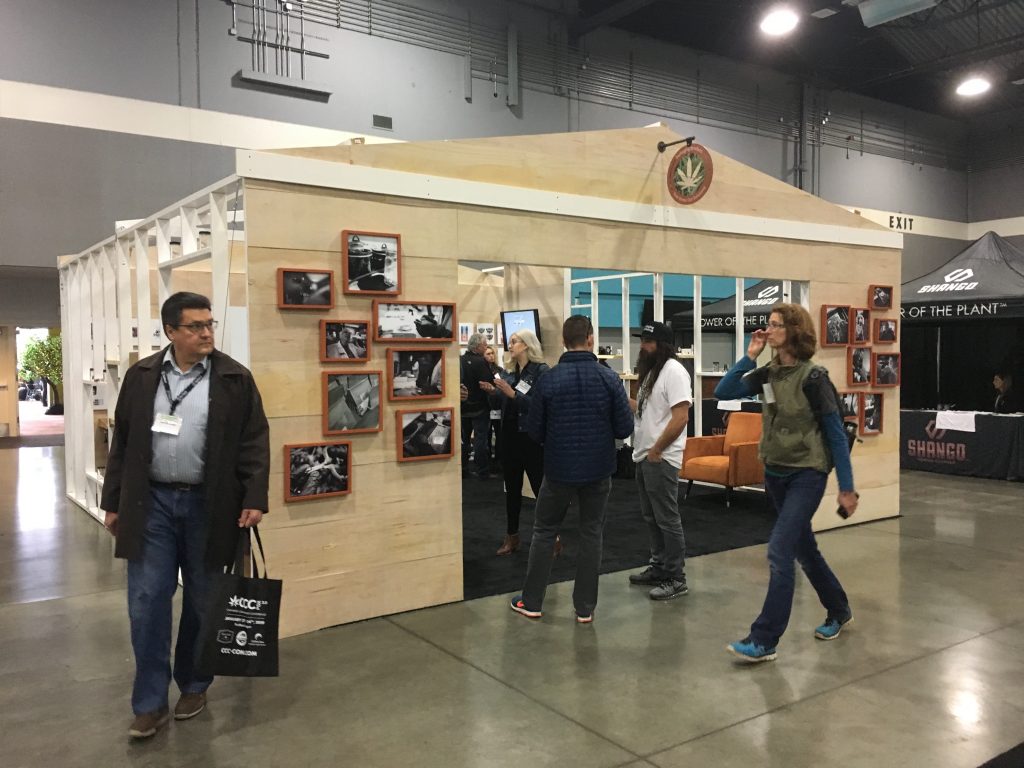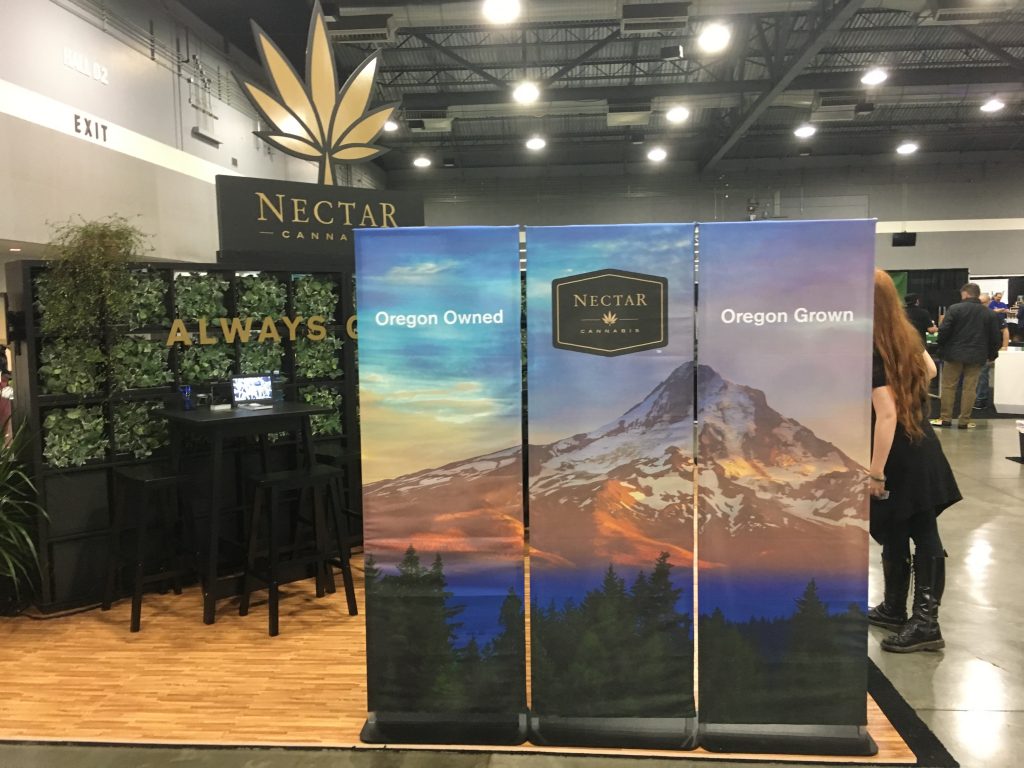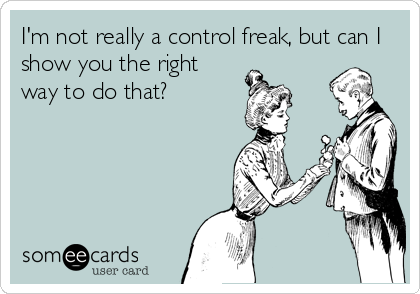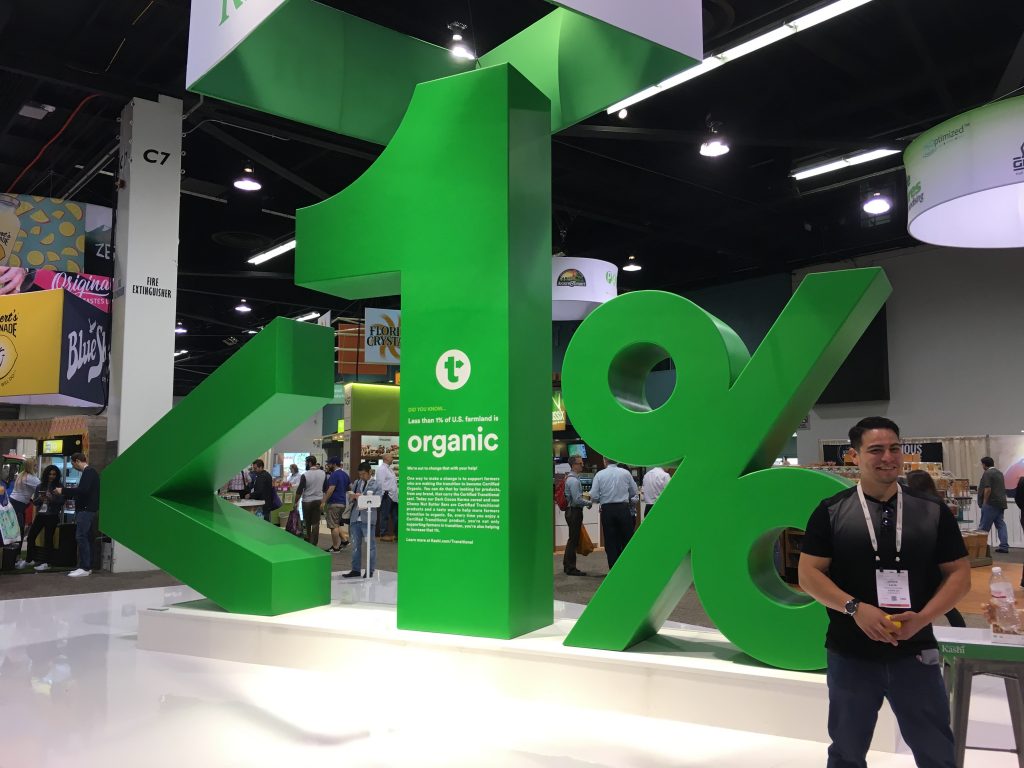Tradeshow Tricks: How to Make Eye-Catching Signs and Brochures
This is a guest post by Tania Longeau of InkJet Superstores.
Setting up a booth at a trade show is a great way to build awareness of your brand and gain new leads. On the busy floor of a trade show, however, you only have 6 to 10 seconds to catch the attention of a passerby and draw them into your booth. You are lined up alongside several other businesses and, depending on the size of the show, you could have several thousand people walking past over the course of just a few days. If you want them to stop by your booth, you need eye-catching signage to draw them in.

Once you’ve gotten their attention, you need well-designed marketing materials like brochures, flyers, catalogs, and cards that they will take and look at again after the event. It sounds difficult, but learning how to make eye-catching signs, brochures, and other branding and marketing materials isn’t as hard as you might think. Keep reading to discover a few of our favorite trade show tricks.
Plan Ahead
Businessman Alan Lakein once said that “failing to plan is planning to fail,” and he was absolutely right. If you fail to do extensive planning prior to attending a trade show, you are very unlikely to have a particularly successful event. Goals and desired outcomes need to be established months before the date of the event to ensure that you have time to create everything you need.
Set SMART goals and come up with a solid plan of attack for meeting them. Think about what advertising and marketing materials you will need. Figure out whether you will make those materials in-house or have them printed elsewhere. If you plan on making them yourself, make sure you are stocked up on printer ink, paper, and other essential supplies. Trust us. Few things are worse than running out of ink at 11 p.m. the night before a trade show because you failed to plan and waited until the last minute!
Say it with an Image
When you only have a few brief seconds to grab someone’s attention, a sign or banner with lots of words just won’t do. A picture says a thousand words and, when you use images that are eye-catching, your signs will say a lot about your business, products, or services without needing to say a word. Keep the wording on your booth graphics short and to the point. Your signage should mostly consist of attention-grabbing images. Text should be kept to a minimum. On a busy trade show floor, very few people are going to stop and read an entire paragraph or a long list on a sign. Keep your message short and sweet.
Don’t Go Crazy with Fonts
You may love the look of the fancy font you use on your website or logo, but it may not be the best choice for creating trade show signage and displays. When you are designing signs, banners, and anything else that will be viewed from afar, choose fonts that are simple and easy to read. Remember that, on the trade show floor, your booth is competing for event attendees’ attention. If your advertisements aren’t easy to read, those attendees are just going to look elsewhere.
Be careful when choosing fonts for printed brochures, too. If most of your marketing materials currently exist online, adjustments may need to be made to ensure that they print well. Fonts and colors that look great on a computer screen or a smartphone might not look so good on paper, so be sure to do some experimentation to make sure everything is flawless.
Know When to Hire a Professional
There is a lot that you can do with the inkjet printer or laser printer in your office. Many of today’s higher-end models are capable of creating prints that rival professional quality, and you may be able to get away with printing many of your own signs, flyers, brochures, and pamphlets. It’s also important, though, to know when to hire a professional. Unless you have a high-quality inkjet printer that’s capable of printing large-format banners and other big displays, you should definitely work with a professional printing company. You only get one shot at making a good first impression, so the signage and displays you put up at your booth are extremely important.
Unless you have professional graphic design skill, working with an expert designer is a smart idea, too. A design may look awesome to you, but it may not actually be all that great. There is a lot more that goes into a successful design than just making it look pretty. A good designer can help you create brochures and signs that are eye-catching, tell your brand’s story, and evoke emotion. It takes a lot more than a copy of Photoshop to do all that!
In Conclusion
When you are attending a trade show, setting your booth apart from all of the other ones around you is extremely important. There will be hundreds or thousands of people passing by your booth over the course of a few short days, and you will only have a few seconds to grab each person’s attention. With eye-catching signs, banners, and displays, you can let event attendees know what your business is all about and encourage them to stop by. With eye-catching brochures and pamphlets, you can encourage them to pick up your marketing materials and check them out after the event. Keep the above listed tips in mind, and you will be well on your way to meeting your goals for the event!
Tania Longeau serves as the Head of Services for InkJet Superstore. Tania oversees a team of Operations and Customer Service Reps from the Los Angeles headquarters. Before joining InkJet Superstore, Tania was a team leader and supervisor working for one of the biggest mortgage and real estate companies in the country. Images are provided by the author via Shutterstock.

